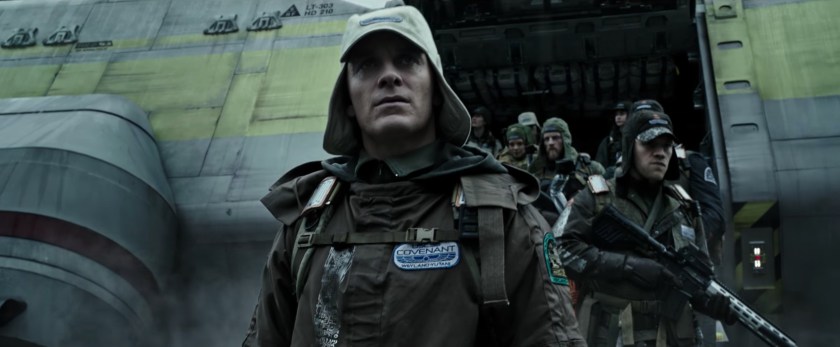
Outlast is a game I am of mixed mind about. On one hand, it can be absolutely terrifying but on the other hand, the actual game part of this supposedly survival horror game is lacking.
Let us start with what I liked most about Outlast. It has an impeccable presentation, with the grungy and dirty Mount Massive asylum with strewn viscera rendered in sickening detail sprinkled throughout. The texture work is superb with excellent attention to detail that persists throughout every section of the game. The overall visual quality is excellent and the night vision mode when using the camera, combined with the ever present noise filter give the game an appropriately dirty look that truly does look like a found footage urban exploration film. The game is also quite dark in the Doom 3 sense, so use of the night vision mode is frequently necessary.The only gripe I have with the way the game looks is that in the camera mode without night vision, there is quite a bit of what appears to be really serious chromatic abberation which just makes me think the developers are adopting a bad trend in modern video game graphics or the journalist protagonist deliberately bought a terrible camera for some bizarre reason.The performance at maximum settings is also flawless.
The sound work here is also quite strong, but the score lacks variety in mood, chiming in mostly during chase sections with the bombast of a slasher film. There are a few exceptions of quite tense and creepy ambient tracks during exploration, but these have less presence in the game.
The other aspect of the game I liked is that it manages to successfully build a creepy and disturbing atmosphere that is not totally reliant on jump scares or being too relentless with symbolism. And while there are some shocking moments, they aren’t presented in a way that straddles the line between proper horror and over the top death metal album cover art edginess that players of Outlast 2 might see. The denizens of mount massive are well voiced and have designs that are disturbing stapled faces that make them appear like crosses between Frankenstein and Leatherface. The whole feel of the game is as a whole, quite unsettling.

Now for the stuff I did not like too much. The actual mechanics of the game are rather slim. Whilst there are times where there is genuine panic, rudimentary stealth or some very light platforming, the whole thing is basic. That said, it is a step above a walking simulator, but not quite as in depth as proper recent survival horror titles, such as Alien: Isolation or Resident Evil 7, which as far as I’m concerned are currently the gold standard of first person horror games. How Outlast works is that you are totally defenseless and armed only with a consumer grade handheld camera, which is used pretty much only for seeing in the dark. So when you encounter an enemy, you are only able to piss your pants and either make a beeline to point B or hide in a locker or under a bed. This lack of combat, combined with the inability to do anything other than run and hide (no weapons, no ability to make distractions, etc.) and rather tight spaces with linear design mean that every enemy encounter will play out in almost exactly the same way. The rudimentary stealth also works best on the rare occasion when there is a bit more space in a given area. At least you have a decent movement speed and can sprint almost indefinitely if you want. You also have to manage your battery resources for the camera, but on normal difficulty, batteries are plentiful enough and battery life is enough. It is not really a resource management mechanic of any significance and feels superfluous as a whole. But because the game sticks so strictly to defenceless horror game protagonist ethos, there is no way for the game to progress. Because the mechanics are so simplistic and have very little variety, there’s not much else to say.
With the story, to be honest I didn’t pay too much attention to it. But from what I gathered it was something about uncovering supernatural scientific experiments gone wrong. It’s all pretty basic stuff and the plot takes a backseat to the core experience since most of the plot comes from notes and documents that you can read throughout.
2013’s Outlast then is a decent horror game whose strengths lie primarily in its incredible presentation and unsettling atmosphere, with some admittedly quite tense moments throughout like navigating the pitch black courtyard at night and having to shimmy tiny platforms along the walls in the dark. However, the basic mechanics are lacking the quality and depth of survival horror. Even in spite of my gripes with the game, it is still something worth experiencing, especially if you can get it for cheap. The lack of depth really prevents it from greatness as it sits a step above walking simulator but not quite survival horror.
6.7/10

